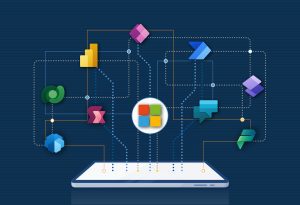Every organization boldly proclaims the desire to become a “digital business.” Of course, “becoming digital” requires far more than just declaring the intention. To truly become digital, an organization must examine its underlying processes. Digitizing processes is essential to digital transformation because it is the foundation for all other modernization initiatives. Companies can improve their efficiency, accuracy, and visibility through a commitment to digital transformation.
Here are some of the benefits of digitizing processes:
- Increased efficiency: Optimized processes can help companies automate repetitive tasks, freeing employees to focus on more strategic and value-added activities.
- Improved accuracy: Automated processes are less prone to error than manual processes, which can lead to improved accuracy and reduced costs.
- Increased visibility: A formal process improvement framework provides organizations greater visibility into their operations, increasing security, while also identifying problems more quickly.
- Cost savings: Digitizing processes can help companies reduce costs by automating tasks, improving efficiency, and reducing errors.
- Competitive advantage: Digitized processes allow companies to operate more efficiently, respond to market changes more quickly, and offer new products and services.
At the same time organizations are examining their underlying processes, they are also driving quickly to adopt Microsoft 365 (M365). M365 tools can help organizations to automate tasks, collaborate effectively, and access information from anywhere. Combining these productivity and collaboration benefits with Microsoft’s security capabilities makes M365 an easy choice for many IT departments.
A key question facing organizations is how to connect their M365 initiatives with a) existing content systems and b) process-specific software solutions. In other words, how can you integrate M365 with everything else in your organization to truly empower the business?
There are a few challenges that organizations face in fully leveraging M365 capabilities:
- Lack of expertise: Many lack the in-house skills to implement and manage M365 effectively, leading to challenges with integration, security, and compliance.
- Complexity: M365 is a complex platform with many features and capabilities, making it difficult for organizations to understand how to use M365 to its full potential.
- Cost: M365 can be a significant investment, especially for larger organizations, making it difficult for organizations to justify M365, especially if they are still determining how they will use it.
- Change management: Implementing M365 can require significant changes to an organization’s operations, which can be challenging for organizations that are unprepared for change.
To fully leverage M365 capabilities requires a depth of M365, IIM, and process management solutions beyond most organizations’ reach. A partner can help organizations identify the right M365 solutions for their needs, implement M365 effectively, and manage M365 continuously. DocPoint Solutions can help fill this gap and create a powerful integration strategy.
An effective M365 integration strategy can address a variety of process pain points. Here are a few:
- Employee onboarding. How can you ensure that the first point of employee interaction is modern, efficient, and compliant?
- Intranets. How can you modernize and streamline the distribution of core employee information?
- Dashboards and reporting. If you can’t measure a process, how will you improve it?
- Azure data migration. As more and more data moves to the cloud, how do you keep it secure?
- Information governance. How can you finally begin to manage the unstructured collaborative information at the heart of the modern workplace?
[Written by a human with the assistance of Google Bard.]
Contact our industry experts today to start your digital transformation process. Call us at 301-490-7725 or send an email to info@docpointsolutions.com

